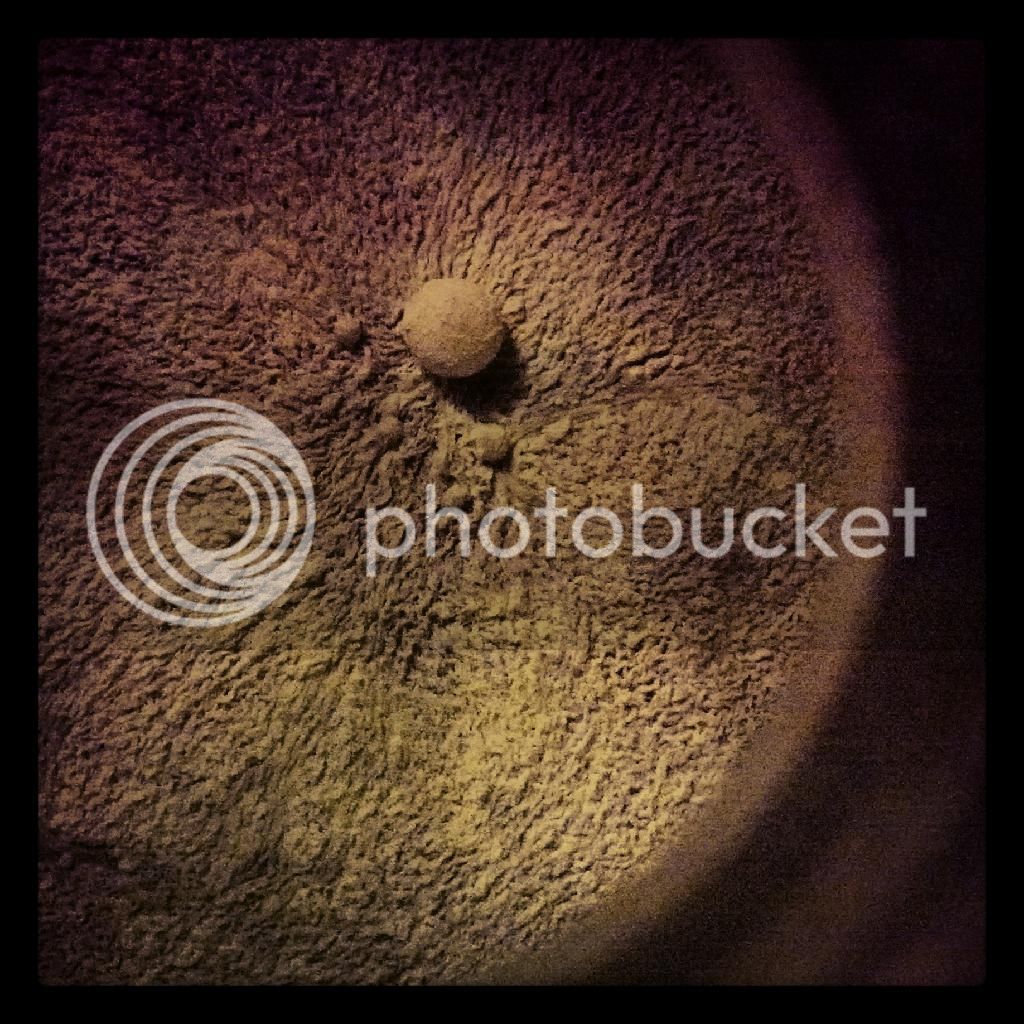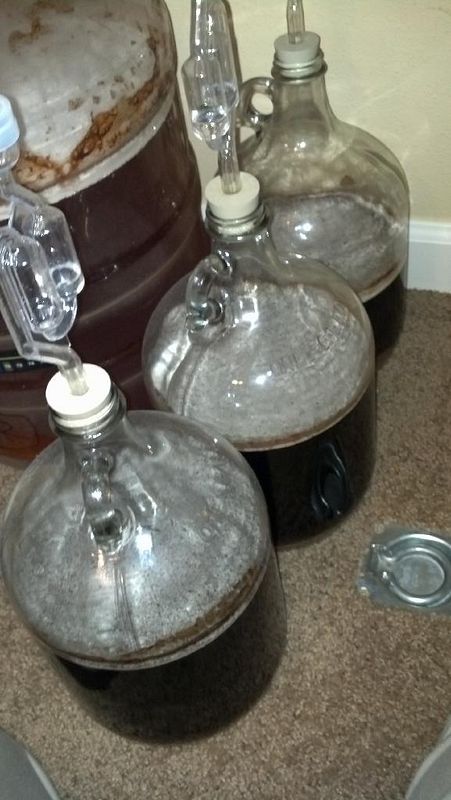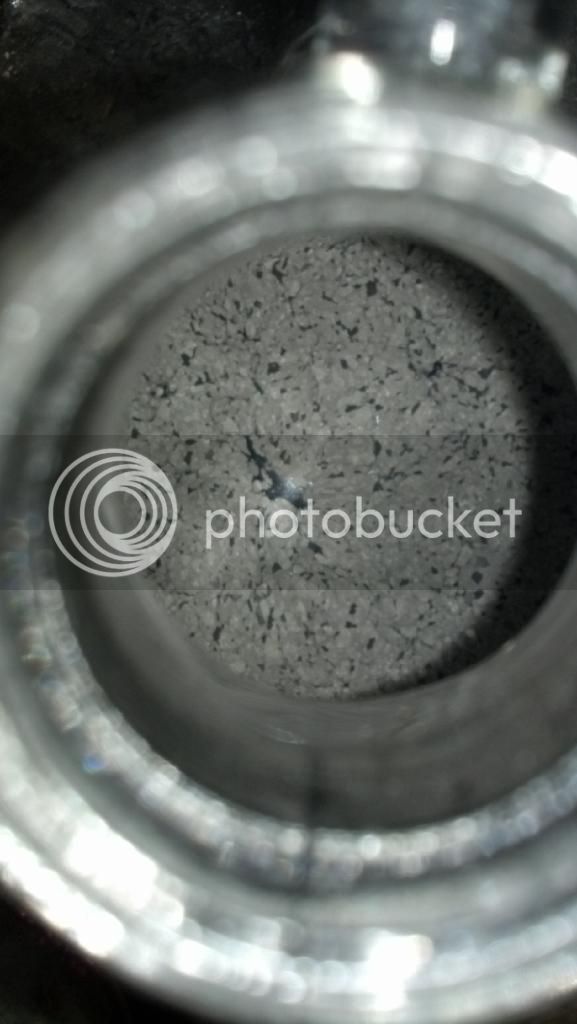You are using an out of date browser. It may not display this or other websites correctly.
You should upgrade or use an alternative browser.
You should upgrade or use an alternative browser.
Pellicle Photo Collection
- Thread starter jessup
- Start date

Help Support Homebrew Talk:
This site may earn a commission from merchant affiliate
links, including eBay, Amazon, and others.
tat2dhllblly
New Member
- Joined
- Feb 2, 2014
- Messages
- 3
- Reaction score
- 1
Here is my dirty bung hole.....
Sent from my SPH-L900 using Home Brew mobile app

Sent from my SPH-L900 using Home Brew mobile app

tat2dhllblly
New Member
- Joined
- Feb 2, 2014
- Messages
- 3
- Reaction score
- 1
Sir,what a perfectly formed bunghole you have!
Sent from my GT-I8552B using Home Brew mobile app
Thank you for noticing!
Sent from my SM-T217S using Home Brew mobile app
jhay_x7
Well-Known Member
Just a follow up to my Flanders Red I posted a photo of a few weeks back.
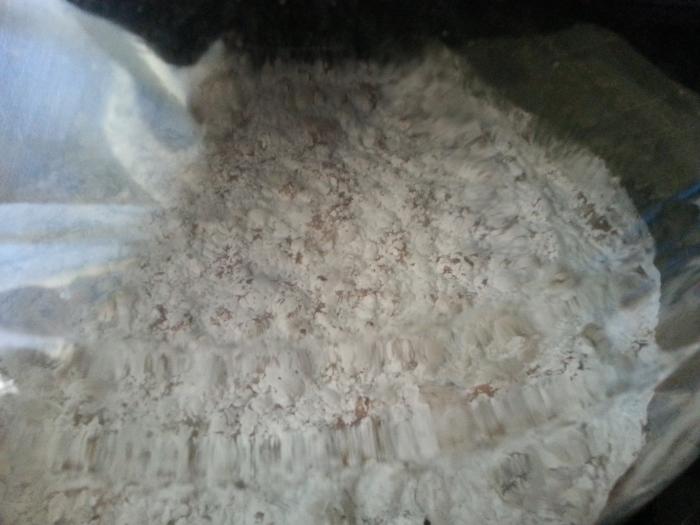


$7.79 ($7.79 / Count)
Craft A Brew - LalBrew Voss™ - Kveik Ale Yeast - For Craft Lagers - Ingredients for Home Brewing - Beer Making Supplies - (1 Pack)
Craft a Brew

$10.99 ($31.16 / Ounce)
Hornindal Kveik Yeast for Homebrewing - Mead, Cider, Wine, Beer - 10g Packet - Saccharomyces Cerevisiae - Sold by Shadowhive.com
Shadowhive

$33.99 ($17.00 / Count)
$41.99 ($21.00 / Count)
2 Pack 1 Gallon Large Fermentation Jars with 3 Airlocks and 2 SCREW Lids(100% Airtight Heavy Duty Lid w Silicone) - Wide Mouth Glass Jars w Scale Mark - Pickle Jars for Sauerkraut, Sourdough Starter
Qianfenie Direct

$22.00 ($623.23 / Ounce)
AMZLMPKNTW Ball Lock Sample Faucet 30cm Reinforced Silicone Hose Secondary Fermentation Homebrew Kegging joyful
无为中南商贸有限公司

$53.24
1pc Hose Barb/MFL 1.5" Tri Clamp to Ball Lock Post Liquid Gas Homebrew Kegging Fermentation Parts Brewer Hardware SUS304(Liquid Hose Barb)
yunchengshiyanhuqucuichendianzishangwuyouxiangongsi
![Craft A Brew - Safale S-04 Dry Yeast - Fermentis - English Ale Dry Yeast - For English and American Ales and Hard Apple Ciders - Ingredients for Home Brewing - Beer Making Supplies - [1 Pack]](https://m.media-amazon.com/images/I/41fVGNh6JfL._SL500_.jpg)
$6.95 ($17.38 / Ounce)
$7.47 ($18.68 / Ounce)
Craft A Brew - Safale S-04 Dry Yeast - Fermentis - English Ale Dry Yeast - For English and American Ales and Hard Apple Ciders - Ingredients for Home Brewing - Beer Making Supplies - [1 Pack]
Hobby Homebrew

$20.94
$29.99
The Brew Your Own Big Book of Clone Recipes: Featuring 300 Homebrew Recipes from Your Favorite Breweries
Amazon.com

$53.24
1pc Hose Barb/MFL 1.5" Tri Clamp to Ball Lock Post Liquid Gas Homebrew Kegging Fermentation Parts Brewer Hardware SUS304(Liquid Hose Barb)
Guangshui Weilu You Trading Co., Ltd

$176.97
1pc Commercial Keg Manifold 2" Tri Clamp,Ball Lock Tapping Head,Pressure Gauge/Adjustable PRV for Kegging,Fermentation Control
hanhanbaihuoxiaoshoudian

$58.16
HUIZHUGS Brewing Equipment Keg Ball Lock Faucet 30cm Reinforced Silicone Hose Secondary Fermentation Homebrew Kegging Brewing Equipment
xiangshuizhenzhanglingfengshop

$44.99
$49.95
Craft A Brew - Mead Making Kit – Reusable Make Your Own Mead Kit – Yields 1 Gallon of Mead
Craft a Brew
BGBC
Well-Known Member
Homemade Lacto starter pellicle after 24+ hours.
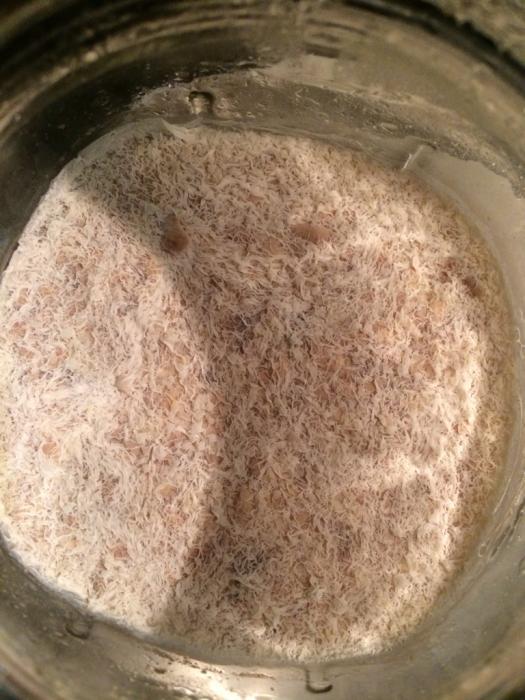

Hopinista
Well-Known Member
My latest Oud Bruin's been going 7 months and never really got a pellicle. Just a few big bubbles that last a while and turn a little opaque. I've done at least 15 sours and never had this happen. Not concerned just 
jjp36
Well-Known Member
Sour Blonde with ECY Bug County.
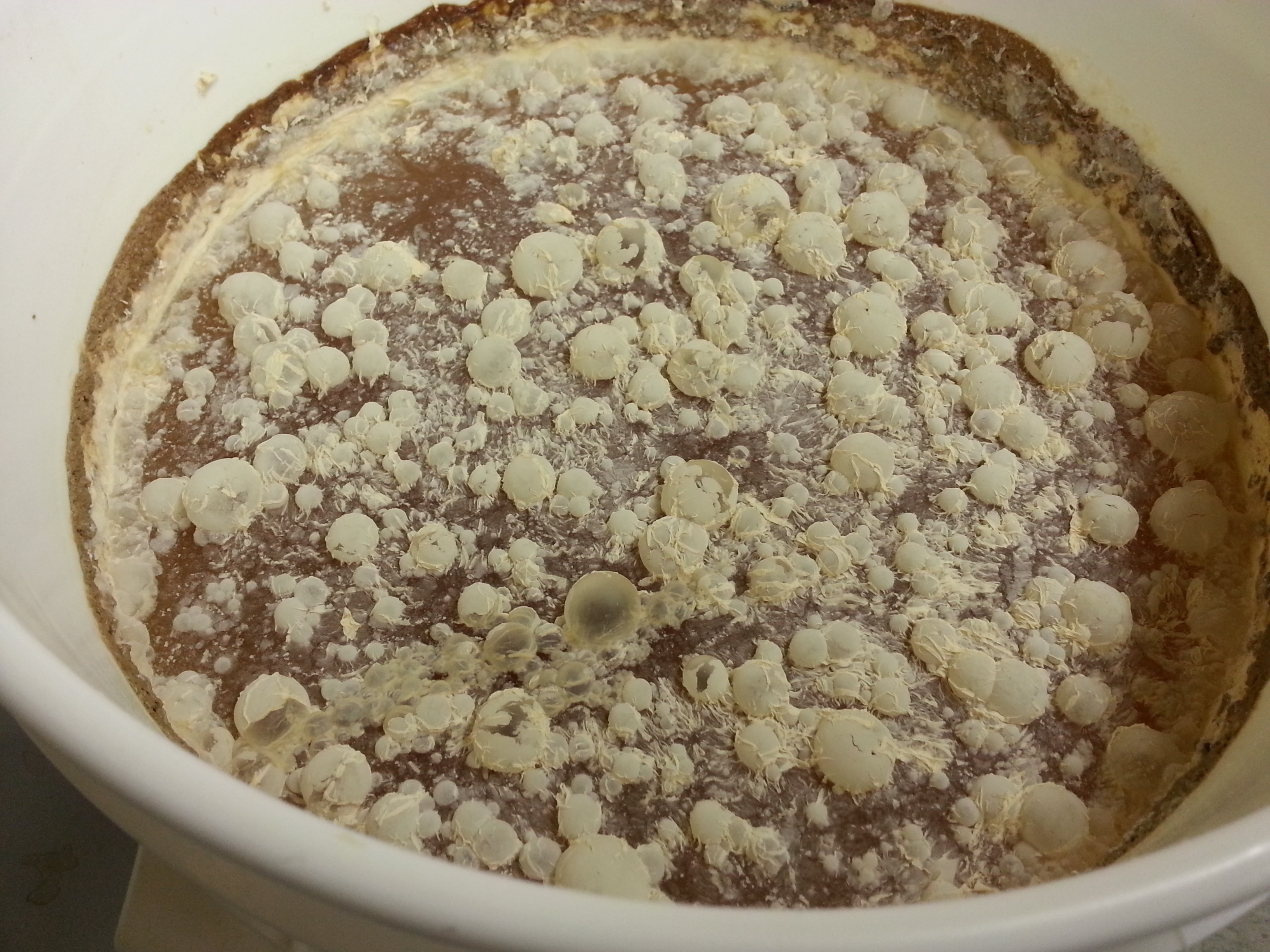

BGBC
Well-Known Member
Just thought this was a cool time lapse. Same Lacto starter, pics taken over the course of about 36 hours.
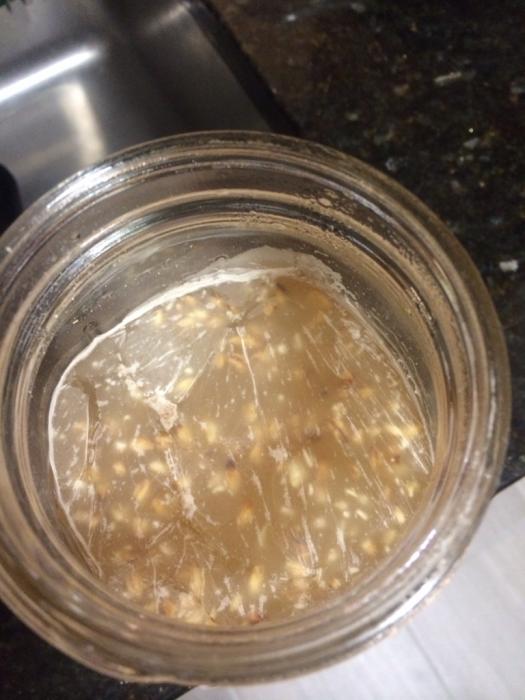





DisturbdChemist
I'm drunk 60% of the time, all the time!
- Joined
- Nov 22, 2011
- Messages
- 9,802
- Reaction score
- 2,804
- Location
- Between-the-keggerator-and-the-couch
Beautiful! Guess I need to take pics of the beauties I have going. Plan to brew another sour weekend after next
gorgeous.Sour Blonde with ECY Bug County.
added to my collection of desktop backgrounds!
Karlofduty
New Member
Sour with blackberries just shy of one year. The second one is a three month old sour pitched on the older ones yeast cake after seven months.

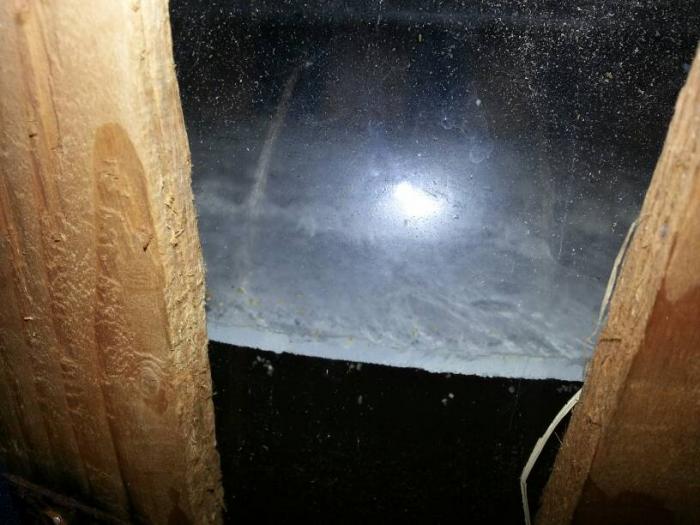


Pellicle on my Flemish Red with Grapes at 19 months after brewing. Started 3 gallons of a Westvleteren 12 clone diluted by half and pitched with stepped up dregs from and Oude Kriek and WLP530. 6 lbs of concord grapes added at 1 month and left for 6 months then transferred off grapes and dregs and left. Bottled today. Pellicle and liquor.

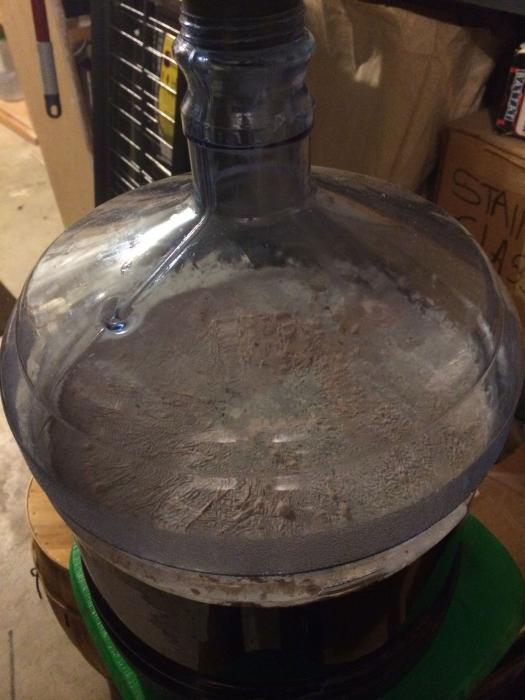




BGBC
Well-Known Member
ICWiener
Well-Known Member
100% brett sour blonde ale. Fermented with Brett B, C, L, lacto, pedio, and some dregs. It's at about 17 months right now. I never open this freezer because it's my "sour tank" and makeshift beer cellar...I opened it last week to get something special to drink on my birthday and the sun was shining in through the garage windows. It struck the carboy just right. I figured I'd better get a picture or two.
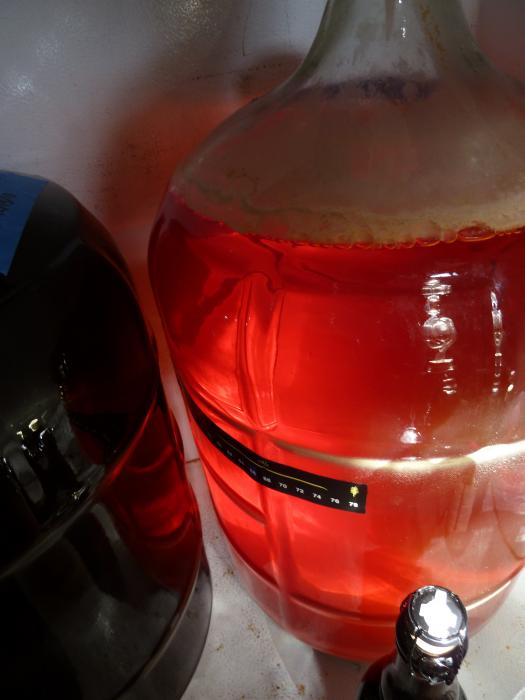
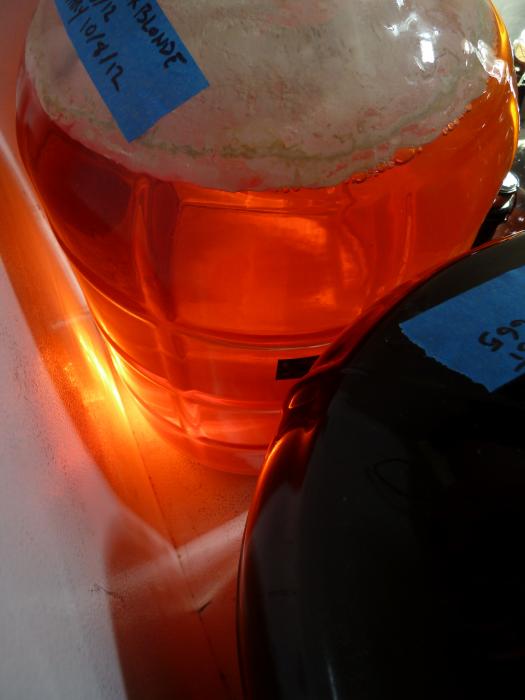


mgudmastad
Active Member
Farmhouse/funky/sour beer - everything but the kitchen sink. Belgian sour mix, additional brett, lots of different dregs, bourbon soaked oak chips.


ja09
Well-Known Member
Pellicle on my Flemish Red with Grapes at 19 months after brewing. Started 3 gallons of a Westvleteren 12 clone diluted by half and pitched with stepped up dregs from and Oude Kriek and WLP530. 6 lbs of concord grapes added at 1 month and left for 6 months then transferred off grapes and dregs and left. Bottled today. Pellicle and liquor.

Is that a tiny wine glass, or do you have giant hands?
ps. It sounds absolutely delicious! Any tasting notes?
Is that a tiny wine glass, or do you have giant hands?:cross:
ps. It sounds absolutely delicious! Any tasting notes?
From memory at bottling:
Appearance: see pictures
Aroma: sour with hints of fruit, not clearly grape
Taste: Strong but not sharp acidity, bright fruit, minimal maltiness but noticeable Brett complexity, finishes with slight bitterness and a hint of astringency which has been decreasing with time.
I'm imagining when it gets some bubbles I'm gonna love it.
I think that is all for now. Will report back later.
As for size (which apparently matters), it is a tiny glass.
Sent from my iPhone using Home Brew
my all brett.


Hopinista
Well-Known Member
my all brett.
Looks like Braille. You sample it yet? I've never done 100% brett, I'm too addicted to lacto
Looks like Braille. You sample it yet? I've never done 100% brett, I'm too addicted to lacto
not since that pellicle formed. but it was tasting quite good a month or more ago.
Shred
Former Microbrewery Founder & Pro Brewer
Just pitched new pedio into my lambic-style sour yesterday.
![IMG_2565[1].jpg IMG_2565[1].jpg](https://cdn.homebrewtalk.com/data/attach/164/164731-IMG-2565-1-.jpg)
![IMG_2565[1].jpg IMG_2565[1].jpg](https://cdn.homebrewtalk.com/data/attach/164/164731-IMG-2565-1-.jpg)
DisturbdChemist
I'm drunk 60% of the time, all the time!
- Joined
- Nov 22, 2011
- Messages
- 9,802
- Reaction score
- 2,804
- Location
- Between-the-keggerator-and-the-couch
Just took this. It's my 100% Brett rye white ipa which I'm about to dry hop and bottle 
Pic next post
Pic next post
Similar threads
- Replies
- 2
- Views
- 831







































